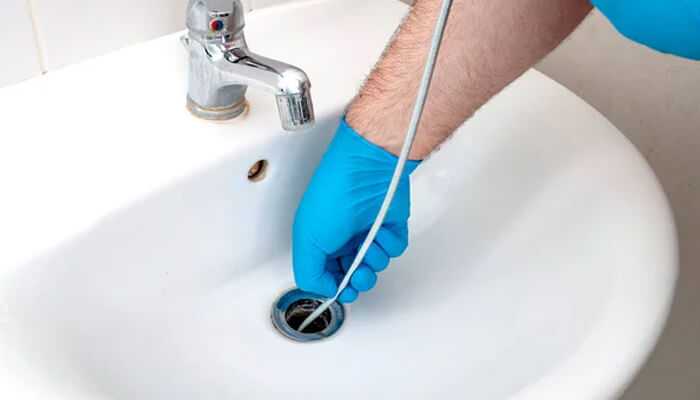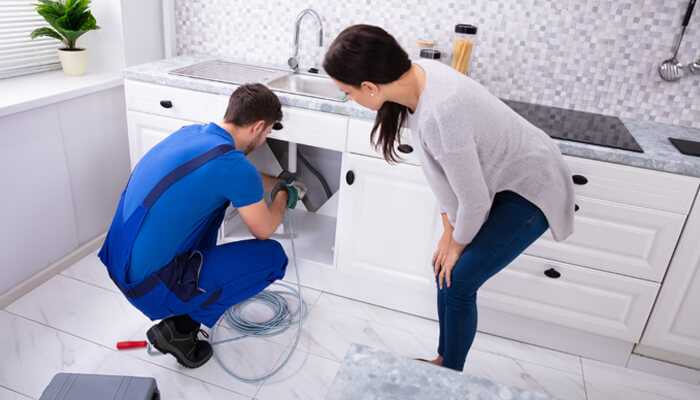If you’re dealing with pesky clogs or slow-flowing drains, hydro-jetting may be the solution for you. This powerful method of drain cleaning has been gaining popularity in recent years due to its effectiveness and efficiency.
To learn more about hydro-jetting services in Phoenix, AZ, click here.
In this article, we’ll dive into everything you need to know about hydro-jetting.
What is hydro-jetting?
Hydro-jetting is a process of cleaning drains and pipes using high-pressure water streams. It blasts powerful water streams through the pipes to clear blockages, buildup, and debris. This technique is similar to power washing but uses much higher pressure, reaching up to 4000 PSI (pounds per square inch).
How does hydro-jetting work?
Hydro-jetting uses a special machine that pumps water through a hose into the pipes at high pressure. The nozzle attached to the hose directs the water in different directions, allowing it to dislodge any obstructions or buildup in the pipes. As the water pushes through, it also helps clean and clear away debris, leaving your pipes clean and free-flowing.
Benefits of hydro-jetting
1. Thorough cleaning:
Unlike traditional drain cleaning methods, hydro-jetting provides a much more thorough cleaning. The high-pressure water can remove even the most challenging obstructions and buildup, leaving your pipes pristine.
2. Cost-effective:
Although hydro-jetting may appear more costly than other methods, it can save you money over time. With its powerful cleaning capabilities, hydro-jetting can prevent future clogs and pipe issues, reducing the need for frequent maintenance.
3. Environmentally friendly:
Hydro-jetting uses water to clean pipes, which makes it an environmentally friendly option (in comparison to harsh chemicals).
4. Safe for pipes:
Unlike other drain cleaning methods that can damage your pipes, hydro-jetting is safe for all types of plumbing. It doesn’t use any abrasive chemicals or tools, ensuring the integrity of your pipes.
When to use hydro-jetting
Hydro-jetting suits various situations and effectively cleans residential and commercial drains. Some common scenarios where hydro-jetting is recommended include:
-
- Persistent clogs that can’t be cleared with traditional methods
- Regular maintenance to prevent future clogs and buildup
- Removing tree roots from sewer lines
- Commercial properties with large pipes and heavy usage
What to expect during hydro-jetting
If you’ve never had hydro-jetting done before, here’s what you can expect during the process:
1. Inspection: Before beginning the hydro-jetting process, a plumber will inspect your pipes with a camera to identify the severity and location of the issue.
2. Preparation: The plumber will prepare for hydro-jetting by securing the area and setting up the equipment.
3. Hydro-jetting: Once everything is set up, high-pressure water will be blasted through the pipes, removing obstructions and buildup.
4. Final inspection: After hydro-jetting is completed, a final camera inspection will ensure that the pipes are thoroughly cleaned and free of any remaining debris.
Tips for maintaining your pipes after hydro-jetting
-
- Use drain screens to prevent hair, food scraps, and other debris from entering your pipes.
- Avoid pouring grease, oil, or fat down the drain, as they can solidify and cause clogs.
- Schedule regular maintenance hydro-jetting to prevent future clogs and keep your pipes clean and clear.
Conclusion
Hydro-jetting is a highly effective method for cleaning drains and pipes. Its powerful water pressure can remove even the toughest obstructions and buildup, leaving your pipes in excellent condition. With its many benefits and minimal environmental impact, hydro-jetting is gaining popularity as the go-to solution for drain cleaning. If you’re dealing with stubborn clogs or want to prevent future pipe issues, consider hydro-jetting and experience the difference it can make in your plumbing system.



